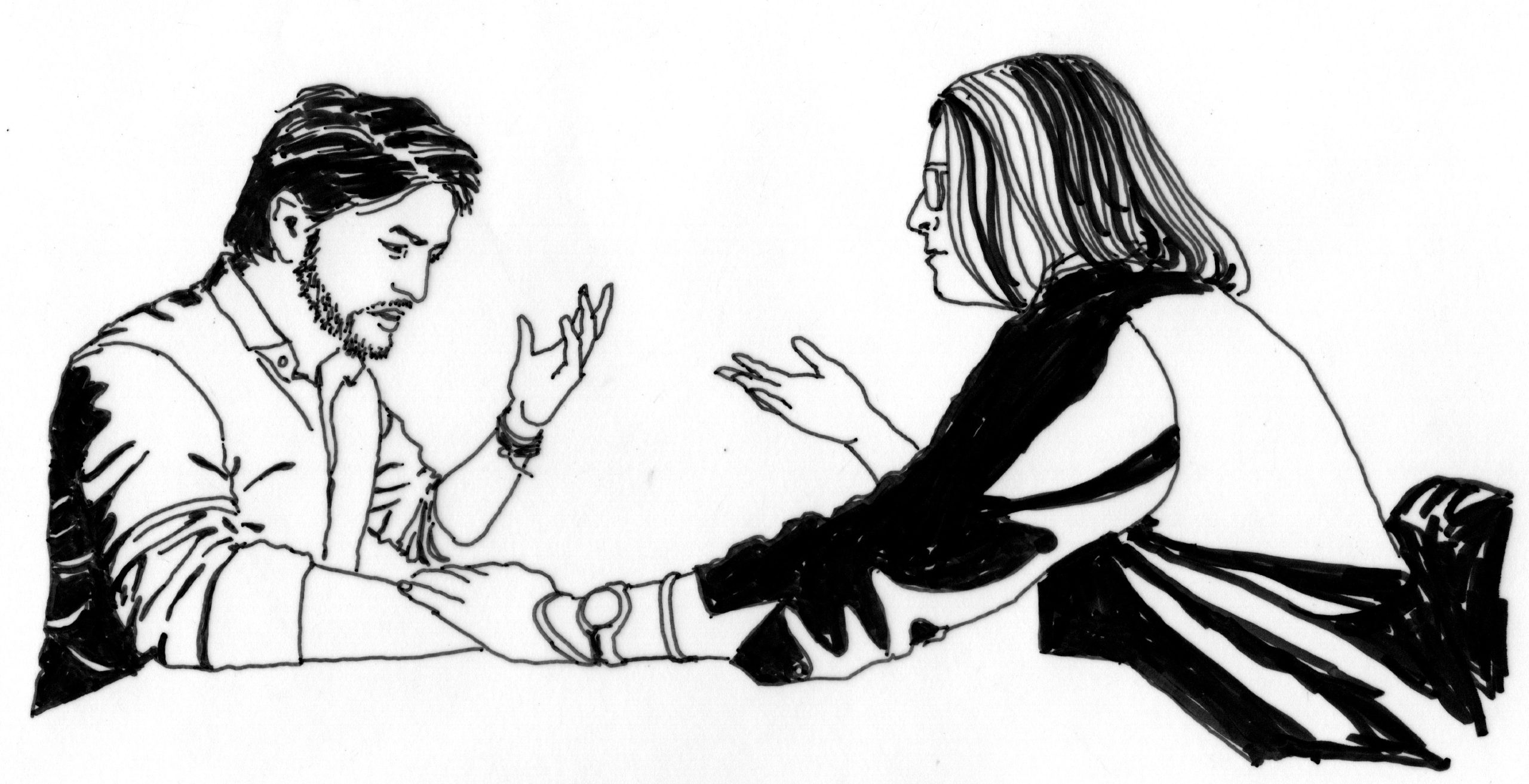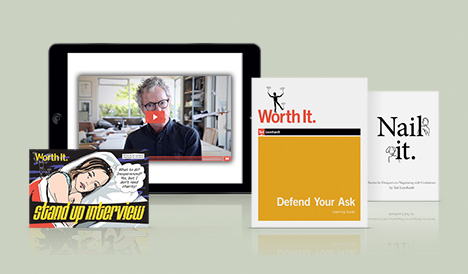They hated my work. Now what?

When someone criticizes what you’ve done, it’s normal to get defensive. When it’s a boss or client expressing displeasure with something you’ve poured lots of thought and energy into, it’s even worse.
And worse still, maybe they aren’t even polite about it:
“I can’t believe you did this. You didn’t listen to our prompts at all.”
“You’ve really let me down. This puts me in a bad spot.”
“We can’t pay you for this. It’s useless.”
Don’t get defensive, and don’t throw in the towel. Take a deep breath, then do this.
1. Check Yourself
Feeling defensive is automatic, but it’s never helpful. Usually it’ll only polarize the discussion, leading to more alienation than you already feel and making it harder to reach consensus. Try acknowledging your boss or client’s disappointment and immediately steering toward alternatives like this:
I’m sorry you’re dissatisfied with what we’ve accomplished. Do you think I misunderstood the parameters? Or has something changed since we began discussing the project?
This is a crucial, perspective-changing prompt — without being confrontational. It’s neutral, doesn’t shy away from the other party’s unhappiness, and helps them consider the longer arc of your work together.
If the situation feels tense and emotional, don’t run from that — integrate their distress as preface to your line of questioning: “I can see you’re upset.” Then remain quiet and attentive while they compose themselves and respond.
2. Change the Rejection Dynamic
To change minds in emotionally charged moments, show you value the other’s perspective. I’ve found there are three basic attitudes (related, of course, but distinct in practice) that can help you do this:
- Attention: Prove that you’re listening. “I hear you. You were counting on me and feel I let you down.”
- Empathy: Let them know forthrightly that you understand how upsetting a disconnect like this could be. “I’d feel disappointed, too, if my expectations weren’t met.”
- Respect: Show you’re still committed in no uncertain terms. “I want to make sure you know how much I respect your work and that I’m only interested in how I can help you succeed.”
Switching the dynamic this way can be the quickest way to regain control and bring you back onto the same team. Once you do that, you can both examine what’s occurred and chart a new path forward that’s in your shared best interests.
After all, you might actually have contributed to the problem. I’ve sure done this, usually by launching into work without asking enough questions or nailing down a definitive creative brief. Either way, once a disagreement surfaces, talking about what the goals were before and what they should be going forward can help you restart on grounds of mutual confidence and respect. And that’s absolutely crucial.
3. Expect Minds to Change — Including Yours
It can be frustrating (to say the least), but the reality is that some of the people who’ll ask for work from you in the course of your career will change their minds between issuing their first directive and seeing your first draft or prototype.
In my experience, this can happen especially often when it comes to creative work and with clients who are starting their own businesses, solopreneurs, small family businesses, and in organizations with consensus cultures (which includes many nonprofits). As a rule, the more emotionally involved people are in their businesses, the more likely they’ll change their minds as their ideas are brought to life.
Sometimes crisis over your output can be signals about where to take your own career — don’t ignore them. After a few years of doing this type of work for friends, family, and very small businesses, I remember my relief at finally joining a large corporation where clear objectives were communicated prior to starting design work.
At any rate, it’s helpful to expect minds to change in the course of a project, even when they don’t change in your favor. Personally, I’ve learned to appreciate changes in creative direction because they let me better understand my client and get closer to meeting their needs. People are iterative and often impulsive. Once we see something, we can usually see a way to improve it.
Carola Salvi is a scientific advisor to my company and an expert on the neuroscience of creativity at Northwestern University. She recently pointed me to a study by Aaron Kozbelt that examined Beethoven’s abilities to critique his own work. It turns out that he was often in line with his critics’ perceptions, which could suggest that — whether or not we see it right away ourselves — our work actually could require more iterations to hit the mark.
Turning Detractors into Advocates
Ron’s client Adam had approved Ron’s visual branding ideas and how they would play out on Adam’s company’s website. It was a new business that Adam and his wife were self-funding.
Ron was feeling good about the results until one night out at dinner he saw Adam across the room at the bar with a bunch of friends. It was late, and they were loudly discussing something they were looking at on a smartphone. They definitely did not seem pleased. Ron paid his check and slipped out without being seen.
The next morning, Adam called and vociferously chewed Ron out on the new branding. Overnight, it seemed, everything about it was wrong. Ron practiced his best empathy, attention, and respect (see above!) while thinking to himself, “Sure enough, that’s what they were looking at last night — my work.”
He was able to piece together what had happened from Ron’s comments: The other people at the bar were in sales; everyone was deeply attached to the visual clichés of their industry. “I didn’t make clear how important it is for Adam to differentiate his brand,” thought Ron.
Rather than getting upset, Ron listened calmly to Adam, which had a calming effect. But he still felt Adam was in no state to dissect the past and move forward. So he said, “Adam, great input! What’s your time like tomorrow? Can you come see what I work through?”
Adam agreed, and Ron sighed in relief. Then he quickly pulled together screen-grabs of Adam’s competitors’ homepages and covered the wall of his studio with the images, placing a print of Adam’s new site in the center.
The next day, Ron carefully walked a subdued Adam through his ideas for how a distinct visual identity for Adam’s site could cut through the competition. Finally, with a smile, Adam asked, “Ron, would it be all right if I asked my colleagues to take a look at this display?”
Now it would be Adam himself who’d sell Ron’s ideas to the people who’d initially disliked them. Just because someone hates your work right now doesn’t mean they always will.
Originally published at Fast Company.




